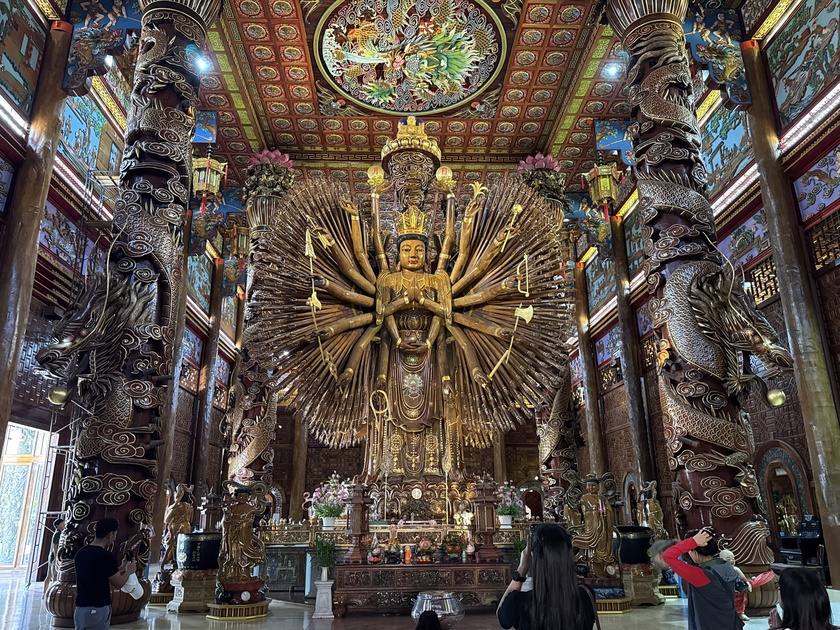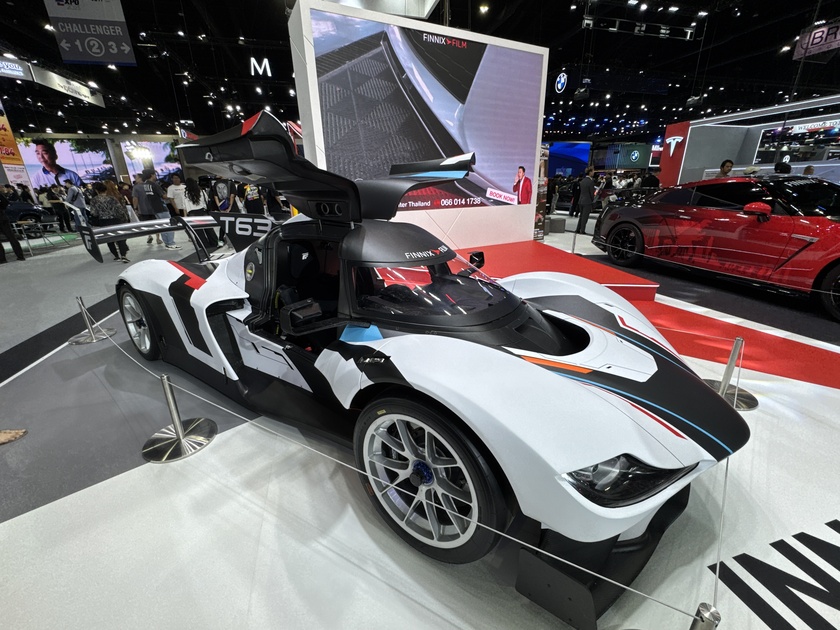Córdoba or sometimes Cordova is a city in Andalusia, Spain, and the capital of the province of Córdoba.
The first traces of human presence in the area are remains of a Neanderthal dating to c. 42,000 to 35,000 BC. Pre-urban settlements around the mouth of the Guadalquivir are known to have existed from the 8th century BC. The population gradually learned copper and silver metallurgy. The first historical mention of a settlement dates to the Carthaginian expansion across the Guadalquivir.
Córdoba was conquered by the Romans in 206 BC. In 169 BC, Roman consul Marcus Claudius Marcellus, who had governed both Hispania Ulterior and Hispania Citerior, founded a newer settlement alongside the pre-existing one. The date is contested; it could have been founded in 152 BC.
The Mosque–Cathedral of Córdoba, officially known by its ecclesiastical name of Cathedral of Our Lady of the Assumption (Spanish: Catedral de Nuestra Señora de la Asunción), is the cathedral of the Diocese of ...
Wat Metta Dharma Bodhiyan (Wat Mettatham Phothiyan) Kanchanaburi Thailand
Due to its amazing 12 meter tall Guan Yin Bodhisattva statues carved in teak wood, this fairly recent temple quickly became the most famous Chinese temple in Kanchanaburi.
The covered courtyard which welcomes you does not suggest what you are going to discover inside: a hall with all the partitions and ceilings in carved teak wood. In the middle of which enthroned, back to back, are the 4 statues of the chinse goddess with 18 arms and a thousand smaller arms with a thousand eyes.
In the peripheral corridors, dozens of unique statues are also made of carved wood. Wat Mettatham Photiyan is set to expand to accommodate even more statues. Hundreds more are already stored to the right of the main hall and are waiting to be installed in the new temple buildings.
In addition to one of the most amazing wooden statues you will ever see the temple is currently building a 165 meter tall, with a base of 108 meter, Buddha Statue. ...
One of the most delightful flower festivals in Thailand, the Suanluang Rama IX Flower Festival is taking place again this year from 1-10 December, 2024. In addition to countless flowers the park hosts a floating market offering trafitional foods and crafts in cooperation with the TAT.
Suan Luang Rama IX สวนหลวง ร.๙, also referred to as King Rama IX Park, is a public park in Bangkok's Prawet District. With an area of 500 rai (200 acres), it is the largest park in the city.
The park was built to celebrate King Bhumibol Adulyadej's sixtieth birthday in 1987, and was opened by the King on 1 December that year. It features extensive botanical gardens, a lake, and a pavilion housing exhibits in honor of the King.
It is a beautiful area and a great break from the hustle and bustle of the city. The park is a great green spot to enjoy the wildlife and nature of the tropics. Countless flowers and trees are there to be photographed.
Suan Luang Rama IX Flower Festival 2025 - ...
The 42nd Thailand International Motor Expo 2025
The Thailand International Motor Expo (commonly known as Motor Expo) is Southeast Asia’s premier automotive showcase, featuring the latest in cars, motorcycles, boats, aircraft, motorsport gear, auto parts, car audio, and accessories.
The 2025 edition, themed “The Magnificent Motor Expo,” runs from November 29 to December 10, 2025, at IMPACT Challenger Halls 1–3 in Muang Thong Thani, Nonthaburi (a northern suburb of Bangkok). With over 42 brands from 8 countries participating, it’s a massive event that attracts around 1.5–2 million visitors annually, blending cutting-edge tech, test drives, and exclusive deals.
Over 42 automotive brands, including AION, Audi, BMW, BYD, Chery, Ford, Honda, Hyundai, Isuzu, Jeep, Kia, Lexus, Mazda, Mercedes-Benz, MG, Mitsubishi, Nissan, Porsche, Suzuki, Tesla, Toyota, Volvo, and Chinese EV giants like XPeng and Zeekr. Plus, independent tuners like M’Z Speed for custom mods.
Heavy emphasis on electric ...




















































